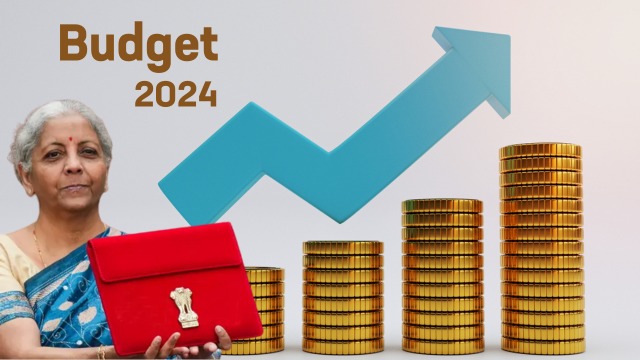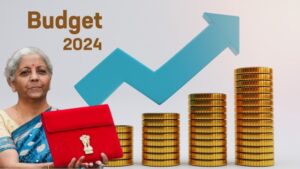
Financial Outlook: Key Insights from India’s Budget 2024
Introduction
Economic growth targets
The Union Budget of the year, also referred to as the annual financial statement, is a declaration of the government’s anticipated receipts and expenditures for that year, as per Article 112 of the Indian Constitution. Annually, the Indian government unveils the Union Budget on February 1. When it comes to the financial specifics for the transitional period, the Interim Budget provides information on the state of the economy, whereas the Full-year Budget acts as a roadmap for the entire fiscal year.
Government revenue plans 2024
On February 1, Union Finance Minister Nirmala Sitharaman gave her sixth budget presentation. This budget served as an interim measure before the year’s general elections. The Interim Budget 2024 emphasized continuing capital expenditures and fiscal consolidation, particularly on youth and women’s empowerment. FM. Sitharaman reduced the projected fiscal deficit for FY25 to 5.1% of GDP. The rates for both direct and indirect taxes remained unchanged.
Important Points to Note
Finance Minister Nirmala Sitharaman unveiled the 2024 budget, which included a variety of programs meant to support social welfare, boost economic growth, and deal with urgent issues. Notable highlights included the following:
1) Economic Recovery Measures
The budget set aside a significant amount of money to promote growth through infrastructure development, investment incentives, and support for important industries in response to the continuous economic difficulties.
2) Revenue and Expenditure
The sources of income that governments list include taxes, tariffs, and other kinds of money. They allot money for a range of expenses at the same time, including social welfare, infrastructure, defence, healthcare, and education.
3) Social Welfare Programmes
The budget included several initiatives to improve healthcare, education, and rural development since it understood how important social welfare is. More funding was set aside for programs that aimed to assist poor and excluded communities.
4) Tax Policies
Modifications to tax rates, exemptions, and incentives can have a big effect on people’s lives and businesses as well as the economy as a whole. Budgets have the power to enact tax measures that support consumption, investment, or the accomplishment of social goals.
5) Sector-specific Allocations
Budgets distribute funds among several sectors according to their significance and precedence. For instance, government expenditure on infrastructure promotes economic growth and job creation, while investments in healthcare and education show a commitment to the development of human capital.
Conclusion For Economic growth targets
In brief, Budget 2024 is a statement of a government’s goals, priorities, and commitment to promoting inclusive growth and development. It is more than just a financial document. Through an awareness of its fundamental elements, consequences, and difficulties, interested parties can take an active part in the budgeting process and support laws that advance social fairness, economic growth, and environmental sustainability. Let us aim for a future that is not just financially stable but also just, resilient, and sustainable as we negotiate the fiscal waters of Budget 2024.

